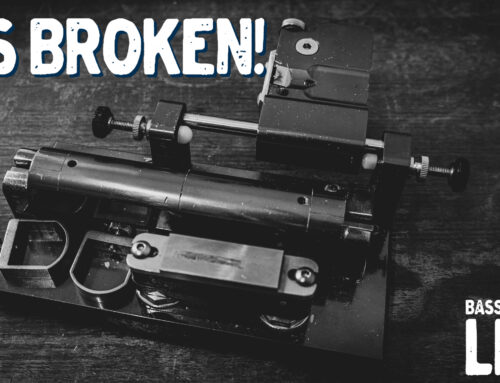This week bassoonist Gordon Fantini came to visit before his trip to Malaysia.
Over the past few months I have been working on a new reed model for the modern bassoon. The hope was to make a reed which would be suited towards a player who is a 1st bassoonist in a European orchestra. While there is no ‘one size fits all’ reed, I’ve tried to come up with something somewhere on the spectrum close to what most players here might expect, or want, to feel from their best reeds, while still staying true to my reedmaking theories and techniques.
I’ve been lucky enough to have had a number of visitors recently who have given me feedback on my various iterations of this model. After weeks of testing, I narrowed the results down to two models, both with only minor variations in the gouge of the cane.
That’s when Gordon came by.
While I had heard his playing before, I had made one or two assumptions about which of the two he would like best. He surprised me by selecting the ‘other’ option. He wanted a reed which could take all of the sound that he could put into it, while still support the very softest dynamics; he wanted a reed which gave him enough resistance to be able to ‘sing’.
It’s always important to have feedback from clients, especially so when they come from a different bassoon background. My own upbringing taught me to have a reed that could respond instantly and be able to blend well – likely also influenced by my last 10 years as a continuo player. No surprise then that my current standard professional reeds have often been recommended by Europeans as being are much more suited towards playing 2nd bassoon.
The model he ended up choosing, which we like to call the FAB (Fantini/A. Burn), we think would be an excellent [1st bassoon] reed for professional players who want to have something that they could go straight into rehearsal with.
Check out the video above that he made trying out two of the reeds in some orchestral excerpts!






Leave A Comment